XRP: Transforming Global Payments with Speed, Efficiency, and Innovation
XRP is a digital cryptocurrency that serves as the native token for the Ripple network, a decentralized blockchain technology primarily designed to facilitate fast and cost-effective cross-border payments. Below is a comprehensive overview of XRP and its ecosystem:
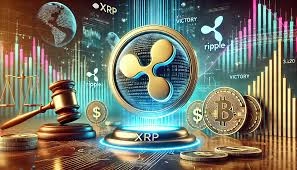
Overview
- Full Name: XRP (Native cryptocurrency of Ripple)
- Ticker Symbol: XRP
- Launch Date: 2012
- Creator: Ripple Labs Inc. (Founded by Chris Larsen, Jed McCaleb, and Arthur Britto)
- Consensus Mechanism: XRP Ledger Consensus Protocol (Not Proof-of-Work or Proof-of-Stake)
Key Features
- Fast Transactions:
- Transaction settlement time averages 3-5 seconds.
- Designed to outperform traditional payment systems like SWIFT and cryptocurrency networks like Bitcoin.
- Low Transaction Fees:
- Typical transaction costs are a fraction of a cent, making it ideal for micropayments and remittances.
- Scalability:
- XRP Ledger (XRPL) can handle up to 1,500 transactions per second (TPS), far more than Bitcoin (7 TPS) or Ethereum (30 TPS).
- Energy Efficiency:
- Unlike Bitcoin’s energy-intensive Proof-of-Work, XRPL uses a consensus mechanism that requires minimal computational resources.
Purpose and Use Cases
- Cross-Border Payments:
- XRP acts as a bridge currency for financial institutions, enabling instant liquidity in cross-border transactions without the need for pre-funded nostro/vostro accounts.
- On-Demand Liquidity (ODL):
- RippleNet, Ripple’s financial network, utilizes XRP for ODL services, providing liquidity when sending fiat currencies across borders.
- Remittance Services:
- XRP supports remittances by reducing fees and settlement times compared to traditional systems.
- DeFi and Tokenization:
- The XRPL ecosystem supports decentralized finance (DeFi), NFTs, and tokenized assets.
Technology Behind XRP
- XRP Ledger (XRPL):
- A decentralized, open-source blockchain that manages transactions, wallet balances, and smart contracts.
- Uses a unique consensus protocol, where independent validator nodes agree on transactions’ validity rather than mining or staking.
- Key Components of XRPL:
- Ledger State: Tracks all balances and transactions.
- Validators: Trusted nodes that validate transactions and maintain the network’s integrity.
- Unique Node List (UNL): A list of validators trusted by a specific entity to prevent malicious behavior.
Tokenomics
- Total Supply: 100 billion XRP (pre-mined).
- Current Circulating Supply: Approximately 53 billion XRP (as of 2024).
- Distribution:
- Initially, all XRP was created at launch and distributed by Ripple Labs.
- A significant portion is held in escrow by Ripple Labs, periodically released to ensure market stability.
Ripple Labs and XRP
Ripple Labs is the company behind XRP’s development and promotion. It builds payment solutions for financial institutions using the XRPL and XRP. Ripple Labs emphasizes creating an Internet of Value (IoV) where money moves as freely as data.
Legal and Regulatory Challenges
- SEC Lawsuit:
- In December 2020, the U.S. Securities and Exchange Commission (SEC) filed a lawsuit against Ripple Labs, alleging that XRP was sold as an unregistered security.
- Ripple has contested the claim, arguing that XRP is a utility token and not a security.
- As of 2024, Ripple has resolved the case with the SEC, agreeing to pay a fine and gaining clarity on XRP’s legal status in the U.S.
Recent Developments
- Adoption by Banks and Payment Providers:
- Institutions like Santander and MoneyGram have used RippleNet for payments.
- Growth in DeFi:
- XRPL is expanding its capabilities to include smart contracts and tokenization, competing with Ethereum and Solana.
- Market Activity:
- XRP’s price has surged recently, reflecting renewed investor interest following favorable legal outcomes.
Advantages
- High speed and low cost.
- Environmentally friendly.
- Strong institutional partnerships.
Challenges
- Regulatory uncertainty in some jurisdictions.
- Centralized control concerns (Ripple Labs holds significant XRP reserves).
Conclusion
XRP is a critical player in the cryptocurrency and blockchain space, aiming to transform global payments by offering speed, efficiency, and cost-effectiveness. With its robust technology and growing ecosystem, it continues to gain traction, despite challenges in regulatory compliance and competition from emerging blockchain technologies.

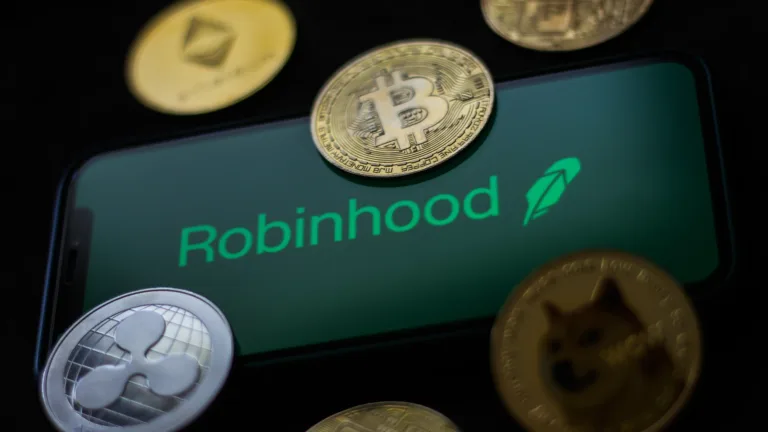
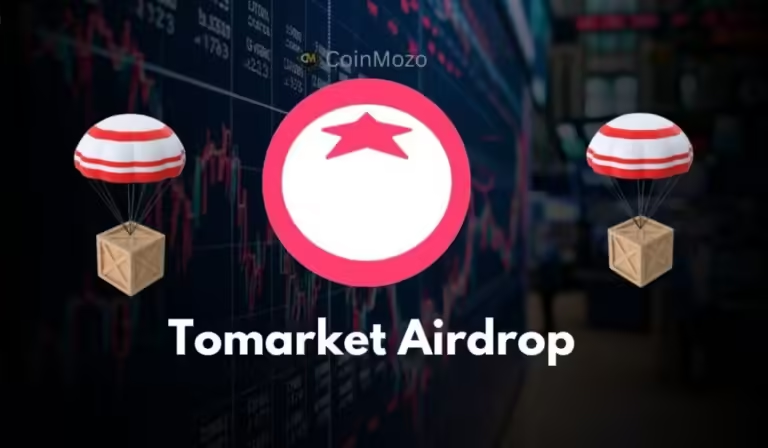

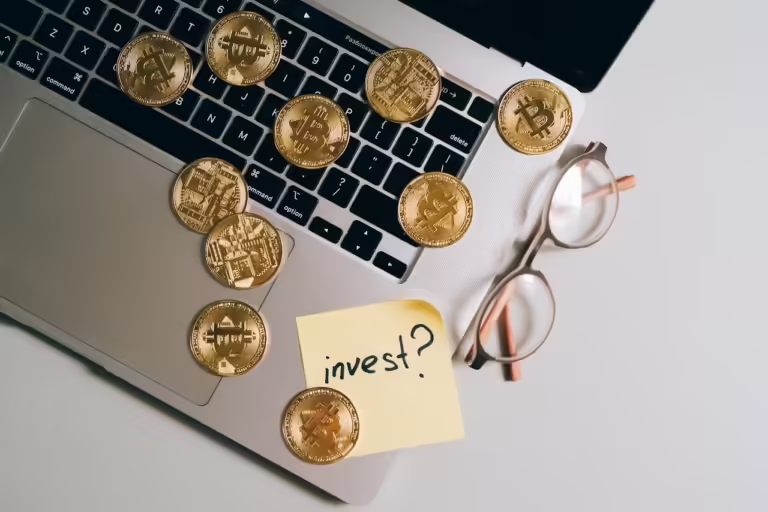

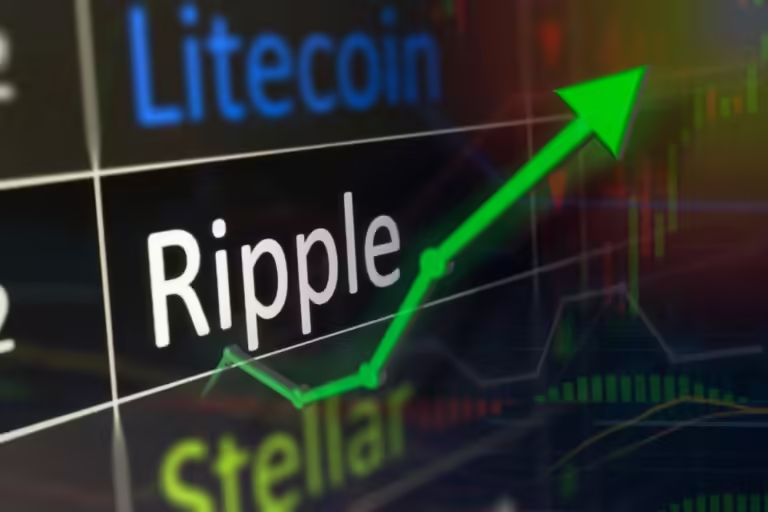
 Bitcoin
Bitcoin  Ethereum
Ethereum  Tether
Tether  XRP
XRP  Solana
Solana  USDC
USDC  Dogecoin
Dogecoin  TRON
TRON  Lido Staked Ether
Lido Staked Ether  Cardano
Cardano  Wrapped Bitcoin
Wrapped Bitcoin  Hyperliquid
Hyperliquid  Wrapped stETH
Wrapped stETH  Sui
Sui  Chainlink
Chainlink  LEO Token
LEO Token  Bitcoin Cash
Bitcoin Cash  Avalanche
Avalanche  Stellar
Stellar  Toncoin
Toncoin  USDS
USDS  Shiba Inu
Shiba Inu  WETH
WETH  Wrapped eETH
Wrapped eETH  Hedera
Hedera  Litecoin
Litecoin  Binance Bridged USDT (BNB Smart Chain)
Binance Bridged USDT (BNB Smart Chain)  Ethena USDe
Ethena USDe  Polkadot
Polkadot  Monero
Monero  Bitget Token
Bitget Token  WhiteBIT Coin
WhiteBIT Coin  Coinbase Wrapped BTC
Coinbase Wrapped BTC  Pepe
Pepe  Uniswap
Uniswap  Aave
Aave  Pi Network
Pi Network  Dai
Dai  Ethena Staked USDe
Ethena Staked USDe  Bittensor
Bittensor  OKB
OKB  BlackRock USD Institutional Digital Liquidity Fund
BlackRock USD Institutional Digital Liquidity Fund  Internet Computer
Internet Computer  Aptos
Aptos  NEAR Protocol
NEAR Protocol  Cronos
Cronos  sUSDS
sUSDS  Ethereum Classic
Ethereum Classic  Jito Staked SOL
Jito Staked SOL